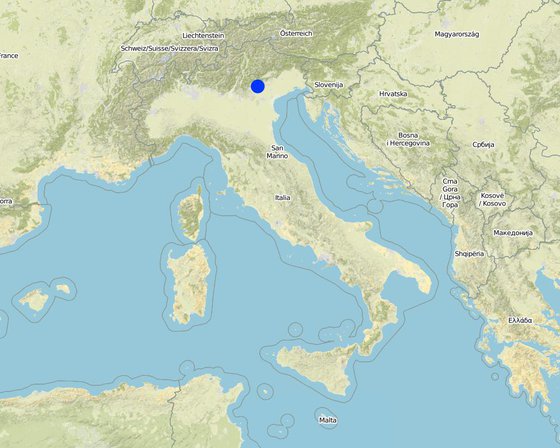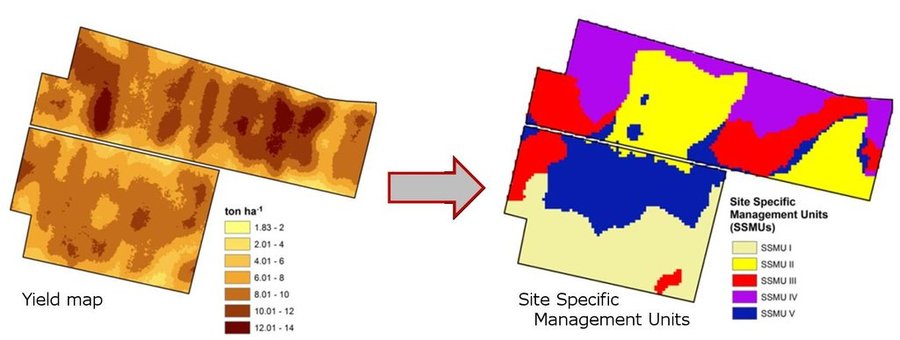

Generally, precision farming aims to increase the efficiency of cropping systems by understanding and dealing with the natural variability of the field. Here, the application of precision farming and variable rate technology approach has been proposed as a mean to optimize organic amendment inputs in croplands. Automatic application of organic inputs can be a viable way to increase farm efficiency, productivity and finally profitability.
Purpose of the Technology: Following the natural heterogeneity of the field, precision farming and variable rate technology are here applied as a SLM practice to increase the soil organic carbon (SOC), reduce losses of diffuse polllutants while increasing yield production.
Establishment / maintenance activities and inputs: Precision farming is already a feasible and useful technology in terms of automation, data process and management. In this context, site-specific application of mineral nitrogen is one of the most promising techniques to reduce the environmental impacts of nitrogen pollution. In the same way, variable-rate input of organic amendments (manure, slurry, compost etc.) can be useful for increasing the soil fertility. Spatial information of field characteristics can be overlapped with on-the-go sensors information in the field in order to provide the right dose of biosolid input.
Natural / human environment: High efficient organic application systems will provide both environmental and agronomical benefits. Nutrient management will be optimized and the loss in the groundwater will be reduced. Moreover the soil fertility will be improved by the site-specific application of organic matter, providing the best comnbination between organic inputs, nutrient requirements and reduction of nutrient losses.

Location: Veneto region, Italy
No. of Technology sites analysed:
Spread of the Technology:
In a permanently protected area?:
Date of implementation:
Type of introduction






| Specify input | Unit | Quantity | Costs per Unit (€) | Total costs per input (€) | % of costs borne by land users |
| Labour | |||||
| Purchase of equipment for technology application (GPS, sensors etc.) | |||||
| Equipment | |||||
| GPS, sensors etc. | 1.0 | 10000.0 | 10000.0 | 100.0 | |
| Other | |||||
| Training costs | |||||
| Total costs for establishment of the Technology | 10'000.0 | ||||
| Total costs for establishment of the Technology in USD | 12'500.0 | ||||